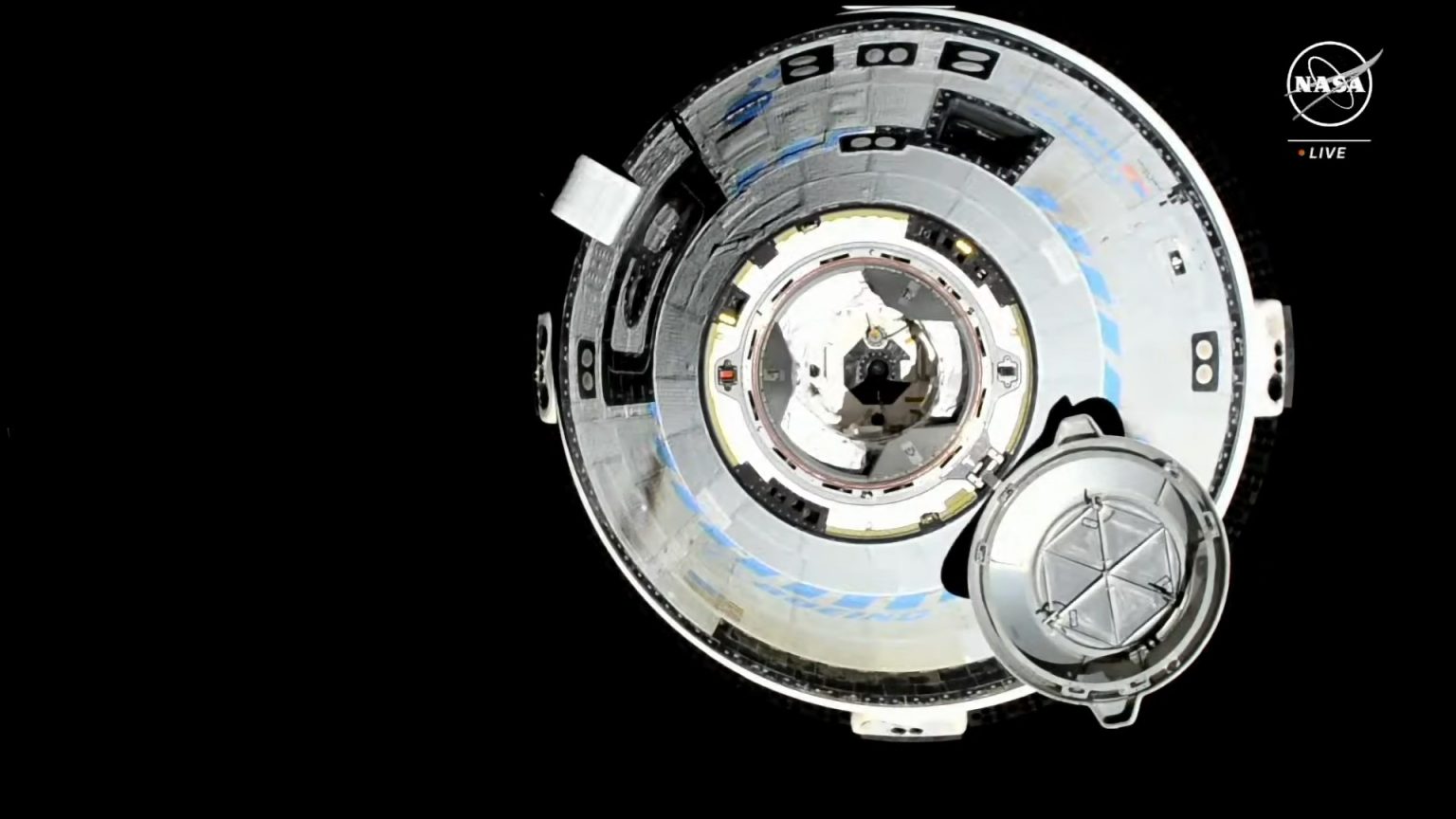Boeing’s Starliner spacecraft successfully arrived at the International Space Station after experiencing some glitches with its propulsion system following its launch. The thrusters on the spacecraft malfunctioned, causing a delay in the docking procedure. Despite the initial challenges, the team was able to reactivate four out of the five faulty thrusters, allowing the docking to resume successfully. Additionally, there were helium pressurization system leaks that were detected before and after the launch, but the mission team determined that there were enough reserves to continue the mission safely.
This marks the first time that anyone has arrived at the space station via a Starliner capsule. NASA astronauts Butch Wilmore and Sunita Williams were greeted with enthusiasm by the space station crew upon their arrival. During their stay in orbit, they will assist with the delivery of cargo and conduct checkouts of the Starliner’s systems. The earliest scheduled date for their return to Earth is June 14. Following the completion of the mission, NASA and Boeing will evaluate any issues that arose during the mission, including the propulsion system glitches, to ensure the Starliner is ready for regular crewed trips to the space station.
Boeing has faced several delays and cost overruns in the development of the Starliner program, totaling approximately $1.5 billion. SpaceX’s Crew Dragon has been NASA’s main mode of crew transportation since its certification in 2020, but it is important for NASA to have multiple commercial providers for crewed missions. The successful docking and arrival of Boeing’s Starliner at the ISS is a significant milestone for the program and demonstrates the ability of commercial partners to transport astronauts to and from space.
Despite the challenges encountered during the mission, the successful arrival of the Starliner capsule at the space station is a testament to the teamwork and dedication of the NASA and Boeing teams. The crew’s readiness to work and assist with tasks on the space station reflects their commitment to the success of the mission. The delays and technical setbacks experienced by Boeing in the development of the Starliner program have been significant, but the completion of this mission is a positive step towards certifying the spacecraft for regular crewed trips to the ISS.
The ongoing assessment and evaluation of the Starliner program will be crucial in ensuring the safety and reliability of the spacecraft for future missions. Addressing any issues that arose during this mission, such as the propulsion system glitches, will be a priority for NASA and Boeing moving forward. Despite the setbacks experienced, having multiple commercial providers like Boeing and SpaceX for crewed missions enhances NASA’s capabilities and flexibility in accessing the space station. The successful arrival of the Starliner capsule at the ISS represents a significant milestone in the continued partnership between NASA and commercial partners in space exploration.












